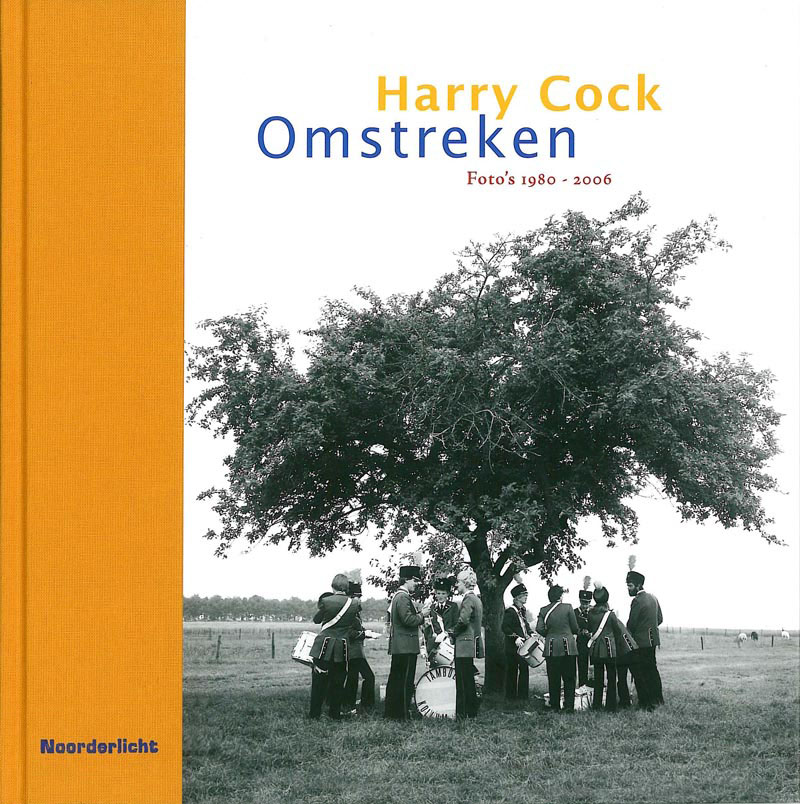
Copyright Harry Cock 2006, courtesy Stichting Fotografie Noorderlicht
Omstreken (Environs) is the title for the twenty-five year retrospective of Dutch photojournalist Harry Cock. The Dutch word is used to indicate the area and localities that are surrounding you, a fitting description of the territory for Cock’s focus. Similar to Gunmar Smoliansky who photographed his local Swedish surroundings for the majority of his photographic career, Cock has been primarily interested in the everyday of his local Northern Netherlands region.
Cock’s day job is photojournalist for magazines and newspapers in The Netherlands, but he maintains an eye for the normal, especially in his own rural agricultural region. I share this description of Cock’s body of work by the publisher;
The ways in which people try to keep their bearings in changing situations is a recurrent theme in Cock’s work. What is striking about this is his often nimble, humorous approach. Certainly when he turns his camera on the ups and downs of (and in) the urbanizing landscape, his visual language is extremely recognizable. In both black and white and color he has an almost poetic eye for the small things in life…. Collectively they offer an overview of Cock’s development as a photographer, and, sometimes in the background, sometimes in the foreground, they also reflect something of the changes that have taken place in Dutch society over the course of time.
Cock is a photographer-flaneur of the Northern Dutch landscape, observing the subtle social and environmental changes of this rural region which have slowly become more urban over time. His Photographs are amusing, wry, humorous, poignant, and subjective. He captures the Dutch foggy landscapes, mysterious and looming, yet documents that in the midst of this calm beauty, everyday life still continues on.
There is a calmness in his photographs, the capture of the normal day-to-day activities that can become invisible and taken for granted, which he extracts to reveal our humanity. There are the Henri Cartier-Bresson moments of the children playing in the shed, hide and seek or the moment before setting a boat to sail the adjacent and seemingly ever-present waterways. He is a sensitive witness who captures the small details of life.
Even though he is a subjective photographer-flaneur, I am bothered by a retrospective that does not place the photographs in some chronological order. Thus it can be difficult to notice his transition to include color occurred in 2001 and how his vision may have changed over time. I realize that the pairing and sequencing of the images are provided a stronger emphasis, consistent with the design of Smoliansky’s book, that the photographs of a flaneur is about the singular images, randomly found and captured.
Since this is my nick-picking section, I will add that I am less of a fan of the small and diminutive images with large margins within an already small book. These small images are difficult to see the details, lessen the impact of the image and dilutes the image, a disservice to the photographer.
Cock sees his environment like an outsider might. A yellow caterpillar tractor sitting on a sea of white rocks has become an unusual garden decoration. An artist is sitting alone in a field patiently drawing a dairy cow, while even the cow appears to be amused by the situation. What appears to be a judging panel of sitting men, with the lone man who is interacting with the photograph is bathed in a shaft of white light, while in the background stands a row of plastic cows. A building has plastic cows grazing on its well manicured lawn, as though they should be real.
He has a respect for work and labor, showing with dignity those who labor on the farms and in the fields to harvest the crops. Straight forward portraits of those who work the fields, bail the hay and straw, dig the holes, watch over the cows, drive the tractors and trucks, trim the hedge atop the tractor’s roof, or enjoy a night singing songs together. He notices the humor of a man kneeling and vacuuming the rock garden in front of probably his home, or an older man on a rider-mower, massive over-kill, mowing in a tight circle due to the small size of his yard.
But Cock reveals that he is urban enough to recognize the composition of canvas, rope, wood and a tire intended as counterbalance takes on the appearance of Robert Rauschenberg collage painting. Likewise with a small patio with a ladder balanced on the roof and the hose snaking around and the flatness of the remaining composition of constructed rectangles in contrast to the organic soft shapes of the background trees. What you might expect of a museum composition, with a sea of varying textures, range of grays, with repeating patterns of the floor, walls, roofs. A tree towering over a hedge creates a resemblance to Beth Dow’s and Eugene Atget’s gardens.
The essays are in Dutch by Eddie Marsman and Marcel Moring. An accompanying English translation, even as an insert, might benefit Cock’s work and provide a larger international audience for this body of work. From what I can understand, Marsman appears to discuss the development of Cock’s photographic work, while Moring appears to discuss how the work is in essence a self-portrait of the artist.
By Douglas Stockdale
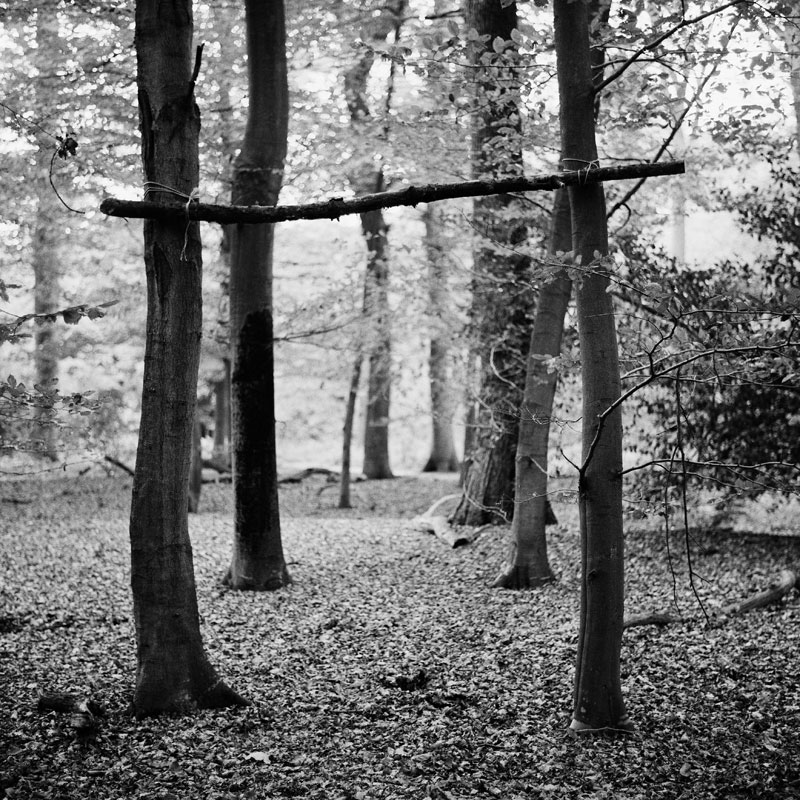
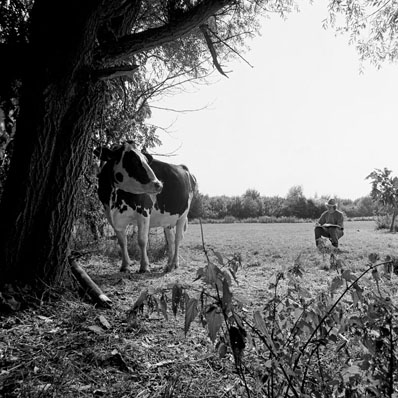
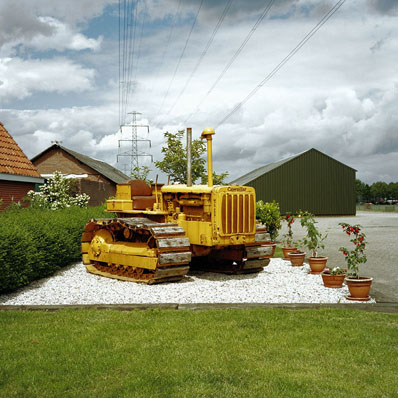


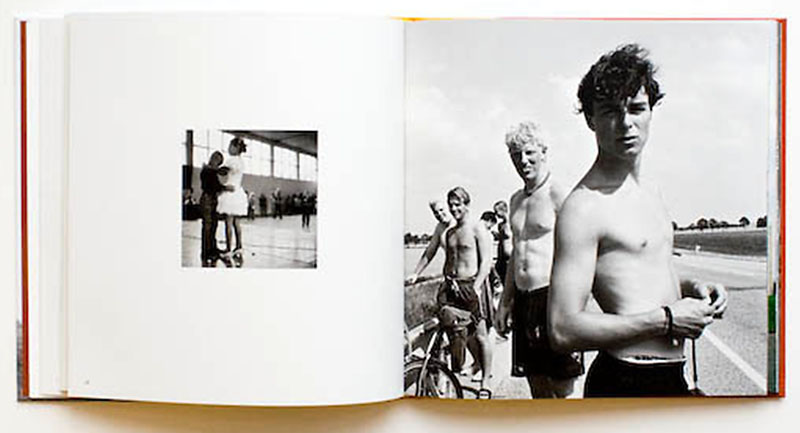
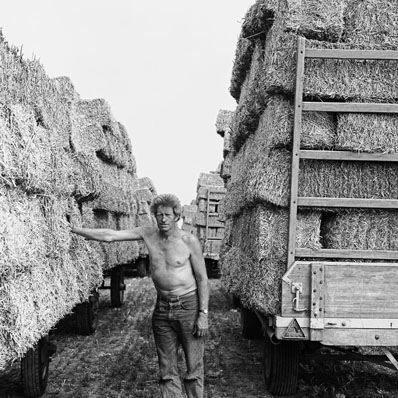
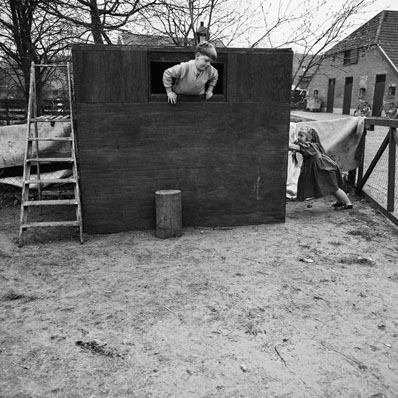
No comments:
Post a Comment